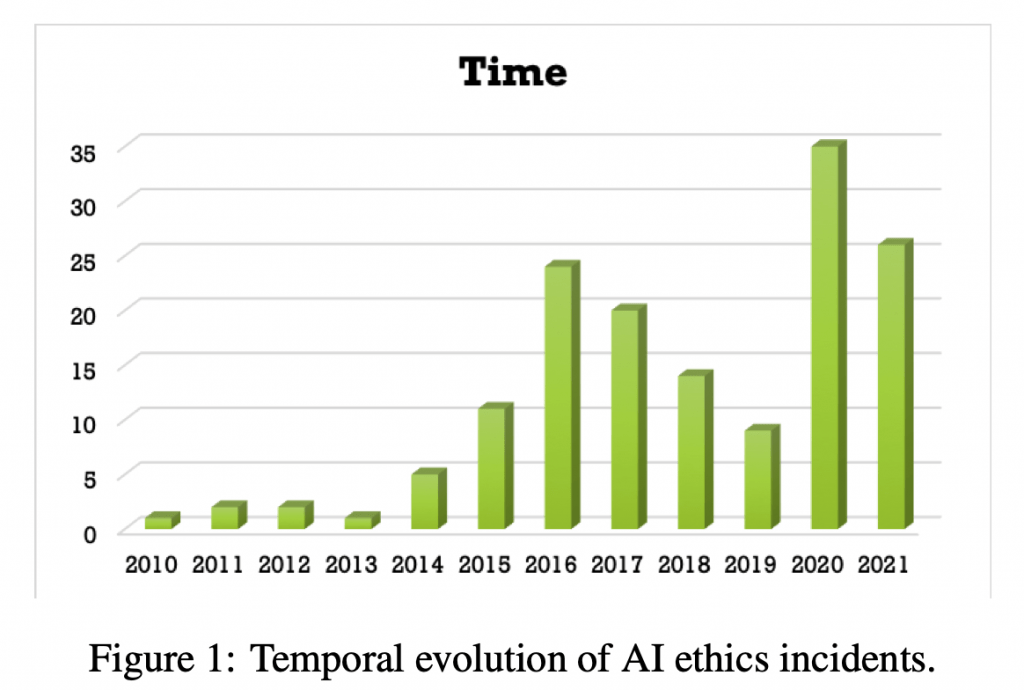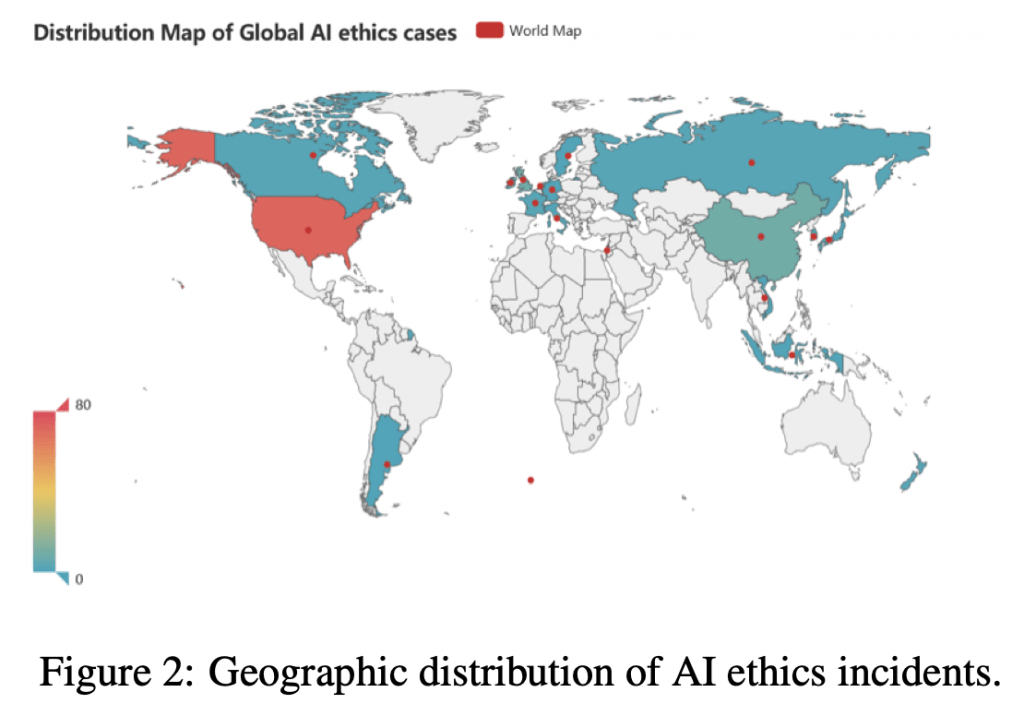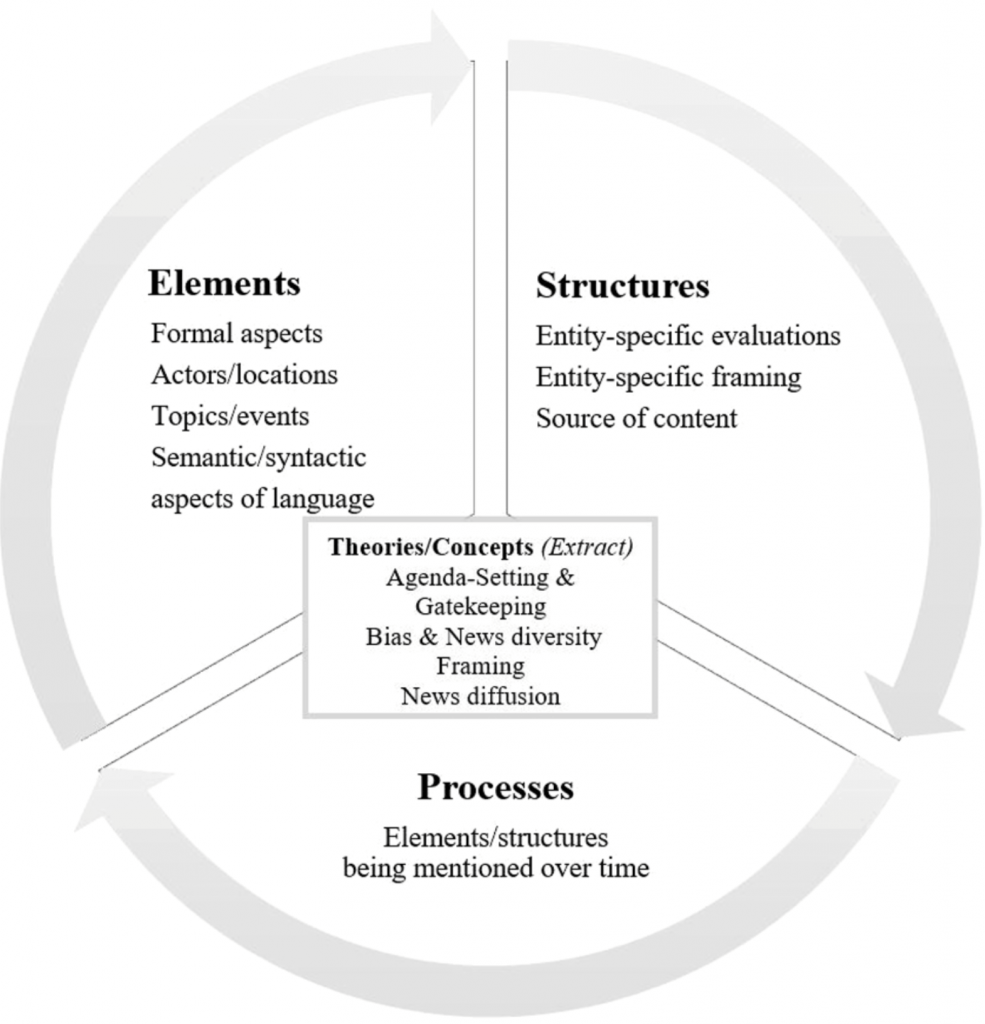From the ancient cave drawings to the modern day social media platforms, the way we communicate and consume media has undergone a significant transformation over the centuries. The past decade, in particular, has seen exceptional revolutionary changes. Consequently, the field of communication and media research has expanded greatly, as experts explore the impact of various media forms on society, and how communication is evolving in today’s digital age.
To better understand these evolutionary factors, researchers are increasingly turning to content analysis because of its exceptional benefit in systematically examining large amounts of data in a structured way. By analyzing the content of various media forms, researchers can identify patterns and trends in communication and gain insights into the effects they have on society. With the explosive growth of digital media, content analysis has become an increasingly popular research method. Social media platforms alone generate an enormous amount of data, making content analysis a powerful tool for understanding how communication is evolving in the digital age. Now let’s look at some of the current research trends in the field of communication and media:
Ethics in the Era of AI: This topic has gained significant attention among researchers in recent times due to the increasing utilization of AI in various forms of communication. The ability of AI to manipulate and distort communication has raised concerns over the authenticity and transparency of communication. Researchers are focusing on developing ethical guidelines for the use of AI in communication and implementing measures to prevent its misuse. It is essential to ensure that communication remains trustworthy and transparent in the age of AI to maintain the integrity of communication.
Wei, M., & Zhou, Z. (2022). Ai ethics issues in real world: Evidence from ai incident database. arXiv preprint arXiv:2206.07635. https://arxiv.org/abs/2206.07635


(Source: Wei et al’s article)
Computational approach in Journalism: The rise of new technologies has transformed journalism, leading to the emergence of new platforms. Researchers are therefore investigating the impact of these emerging spaces on journalism and how they are shaping the news landscape. With the growth of social media and citizen journalism, the traditional model of journalism is losing relevance. Research in this field is crucial to understand the implications of these changes and to develop strategies to ensure the quality and integrity of journalism in emerging spaces. Here is an example:
Hase, V., Mahl, D. & Schäfer, M. (2023). The “computational turn”: an “interdisciplinary turn”? A systematic review of text as data approaches in journalism studies. Online Media and Global Communication, 2(1), 122-143. https://doi.org/10.1515/omgc-2023-0003

(Source: Hase et al’s article)
Impact of AR and VR on communication: As the technology behind AR and VR continues to advance, it has the potential to fundamentally transform the way we communicate and interact with each other. Moreover, due to its increased accessibility and commercial appeal, people are rapidly adopting this technology. A lot of research has been conducted recently to explore the potential impact of AR and VR on communication, including their ability to enhance engagement, interactivity, and immersion in media experiences.
Adolescent wellbeing and social media: The widespread use of social media among adolescents is becoming a concern over the impact of these platforms on their mental health and wellbeing. Researchers are investigating the potential negative effects of social media on adolescent mental health, such as anxiety, depression, and cyberbullying. At the same time, they are exploring the positive aspects of social media use, such as social support, peer connection, and information sharing. It is crucial to develop effective interventions to promote the right utilization of social media while ensuring social safety net.
The narrative of recession and media: It is a complex and multifaceted issue that has become increasingly important in recent years. With the global economic downturn, the role of media in shaping public perceptions of the recession has become particularly relevant. In this context, the media has been both a source of information and a powerful force in shaping public opinion and discourse about the recession. Researchers are using content analysis to identify recurring themes and patterns in media coverage of the recession, such as the framing of economic indicators, the portrayal of victims and perpetrators, or the emphasis on particular policy proposals. This helps to provide insights into the dominant narratives and discourses surrounding the recession.
Content analysis has become an increasingly popular research method, helping to shed light on these complex issues. As communication and media continue to evolve, content analysis will remain a valuable tool for researchers to navigate the ever-changing landscape and develop strategies to promote right communication practices.
